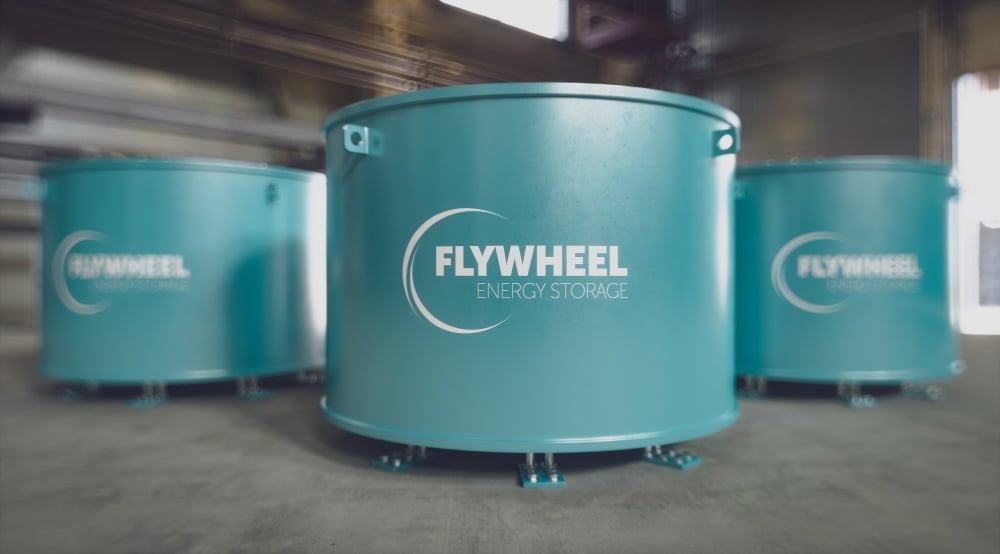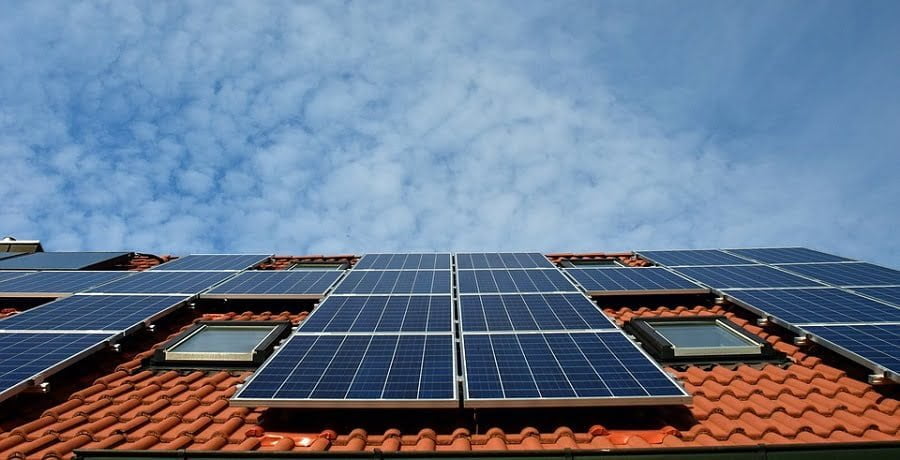Last updated on
Explore the promising world of eco-friendly alternatives to fracking as we delve into innovative solutions for sustainable energy production in this enlightening blog post.
Welcome to my blog, where we explore creative ways to protect our environment without breaking the bank. Today, we’re going to talk about fracking – a controversial method of extracting natural gas from deep underground.
While it may seem like an efficient way to meet our energy demands, the environmental impact of fracking can be devastating. From polluted water sources to increased seismic activity, the negative effects of this method are well-documented.
But fear not! There are alternatives out there that can help us reduce our reliance on fracking and create a cleaner future for ourselves and generations to come. So let’s dive in and explore some exciting options together!
Environmental Impacts of Fracking
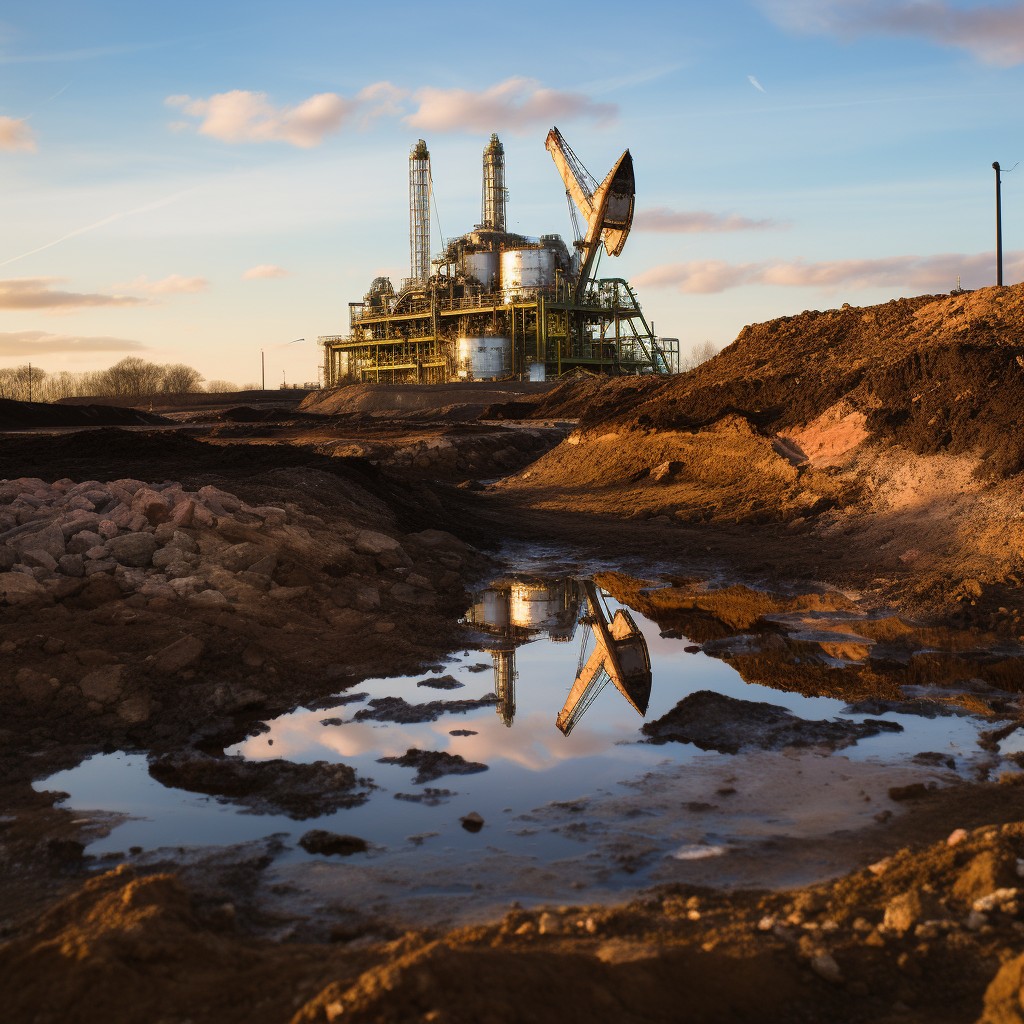
The process involves injecting large volumes of water mixed with chemicals into the ground at high pressure to release natural gas from shale rock formations. This can contaminate nearby groundwater sources with toxic chemicals such as benzene and methane.
In addition to polluting our drinking water supplies, fracking also contributes significantly to greenhouse gas emissions that cause global warming. Methane is a potent greenhouse gas that is released during the extraction process and can leak from pipelines or storage facilities.
Furthermore, fracking operations require vast amounts of land for drilling sites, roads for transportation purposes which leads to deforestation in some areas leading animals out of their habitats causing an imbalance in ecosystems.
The environmental impacts associated with fracking are significant enough that many communities have taken action against it by banning or restricting its use within their borders.
Health Risks Associated With Fracking
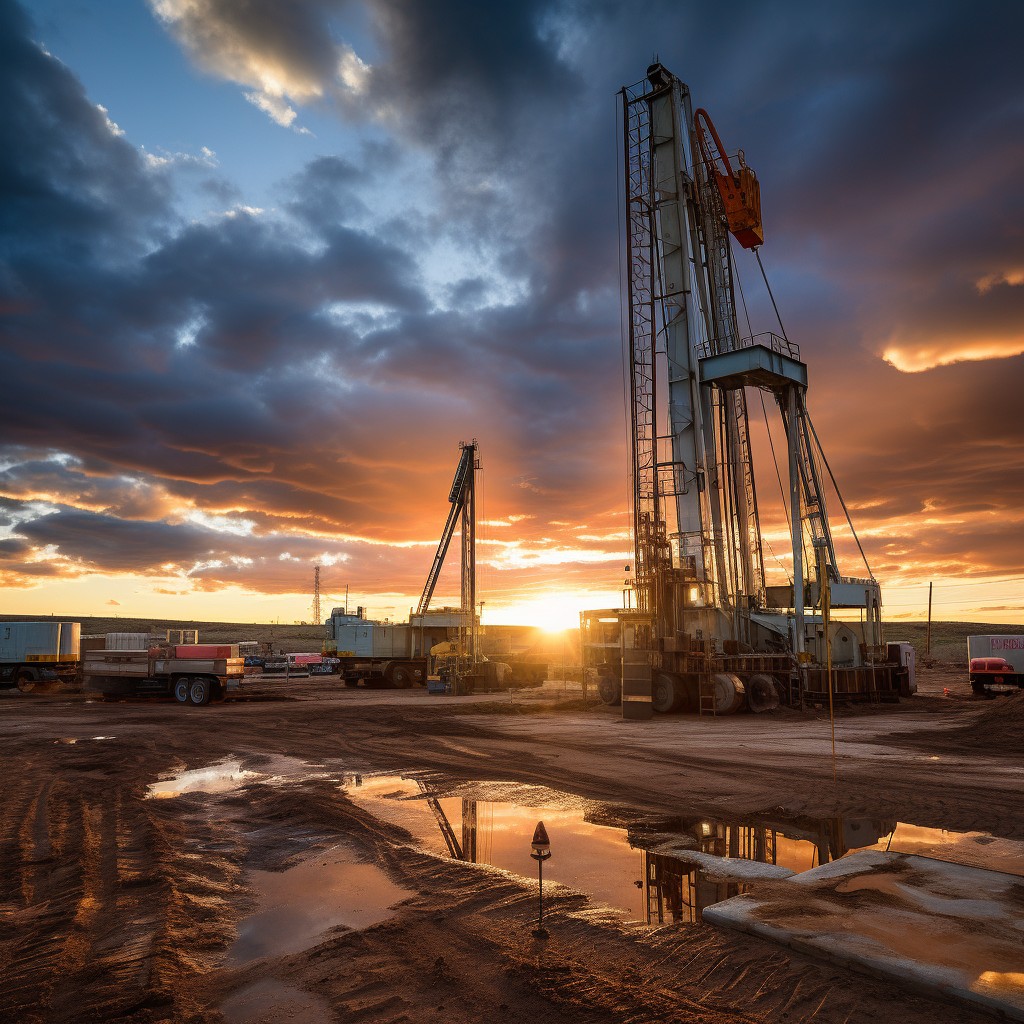
The process involves injecting a mixture of water, sand, and chemicals into the ground at high pressure to release natural gas from shale rock formations. This can lead to the contamination of groundwater sources with toxic chemicals such as benzene, formaldehyde, and methane gas.
Studies have linked exposure to these pollutants with various health problems including respiratory issues like asthma and bronchitis; neurological disorders such as headaches, dizziness or confusion; skin irritation or rashes; gastrointestinal problems like nausea or vomiting.
Furthermore, fracking operations often generate large amounts of dust which can cause lung damage when inhaled over time. Noise pollution from drilling sites has also been shown to increase stress levels leading potentially serious mental health concerns for nearby residents.
Geothermal Energy As an Alternative
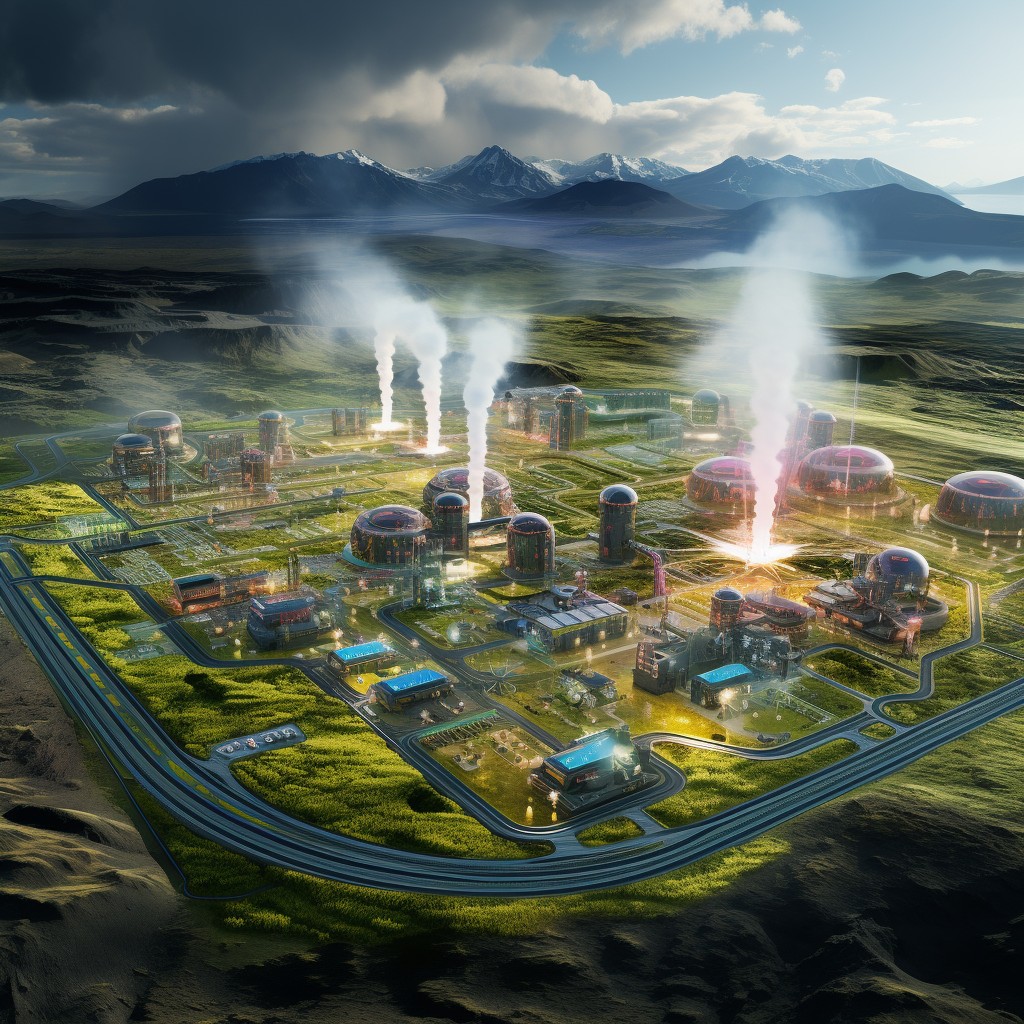
This renewable source of energy has been used for centuries, but recent technological advancements have made it more efficient and accessible than ever before. Geothermal power plants work by drilling deep into the earth’s crust to access hot water and steam, which can then be used to generate electricity or provide heating and cooling for buildings.
One major advantage of geothermal energy is its reliability – unlike solar or wind power, it can produce consistent levels of electricity regardless of weather conditions. It also produces very little greenhouse gas emissions compared to fossil fuels like coal or oil.
However, there are some challenges associated with geothermal energy production as well. The initial cost of building a geothermal plant can be high due to the need for specialized equipment and drilling expertise.
Not all areas have suitable geological conditions for this type of technology.
Solar Power – A Renewable Option
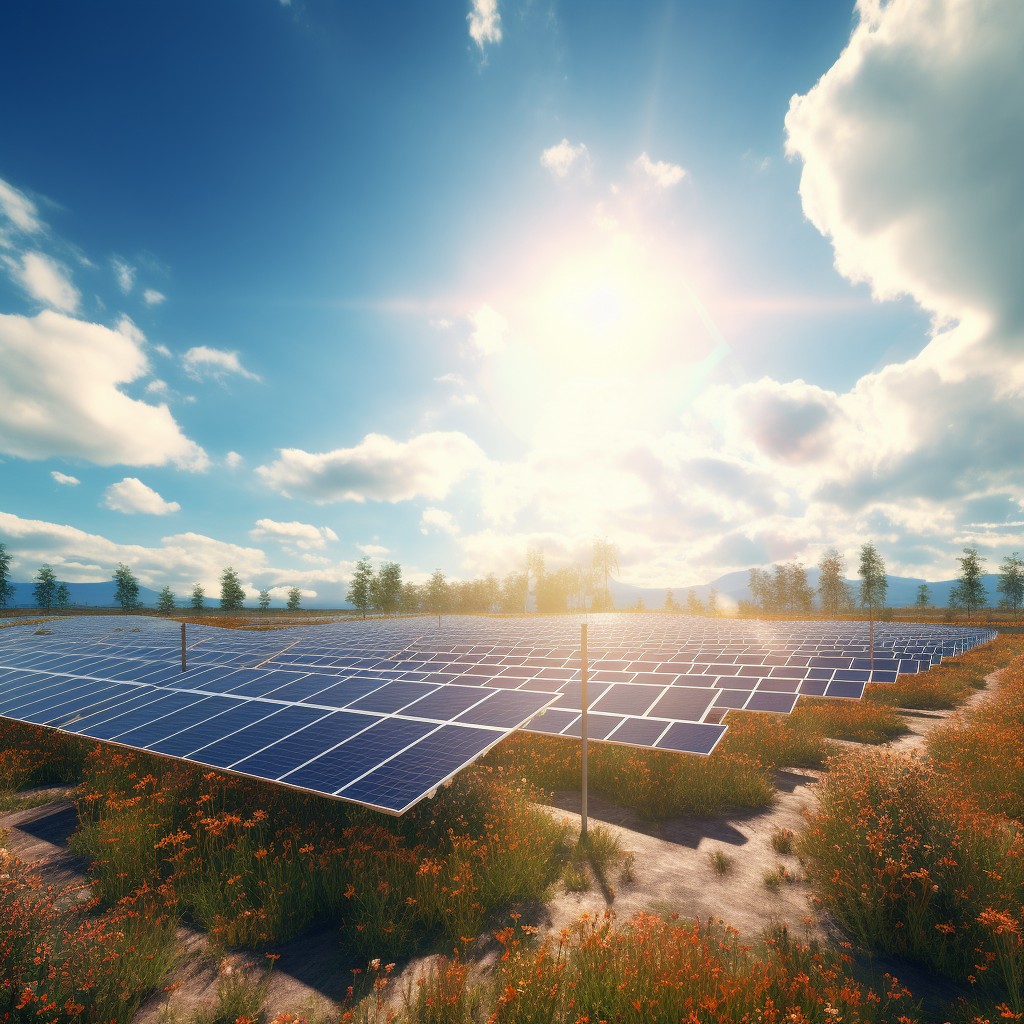
It harnesses the energy from the sun and converts it into electricity using photovoltaic (PV) cells. Solar panels can be installed on rooftops, open fields, or even floating on water bodies to generate clean energy.
One of the biggest advantages of solar power is its sustainability. The sun’s rays are available for free and will continue to shine for billions of years, making it an inexhaustible source of energy.
Solar panels require minimal maintenance once installed and have a lifespan ranging from 25-30 years.
Another benefit is that solar power systems can be customized according to individual needs – whether you want to offset your entire electricity bill or just a portion thereof – there are options available for every budget.
While initial installation costs may seem high compared with traditional fossil fuel-based sources such as coal-fired plants or natural gas facilities; over time, savings accumulate due to reduced reliance on grid-supplied electricity which often comes at higher rates than self-generated renewable sources like solar PVs!.
Wind Energy – Harnessing Nature’s Power

It involves harnessing the natural power of wind to generate electricity, making it an eco-friendly alternative to fossil fuels. Wind turbines are used to capture the kinetic energy from the wind and convert it into electrical energy that can be used for various purposes.
One of the biggest advantages of wind energy is its sustainability. Unlike non-renewable sources like coal or oil, we don’t have to worry about running out of wind anytime soon! once a turbine is installed and operational, there are no ongoing fuel costs associated with generating electricity.
Another benefit is its versatility – small-scale turbines can be installed on individual homes or businesses while larger ones can provide power for entire communities. In fact, some countries have even built offshore “wind farms” consisting of hundreds or thousands of turbines!
Hydroelectric Power – Utilizing Water Resources

It’s one of the oldest and most widely used forms of alternative energy, with hydroelectric plants accounting for around 16% of global electricity production. Unlike fossil fuels, which emit harmful greenhouse gases into the atmosphere when burned, hydroelectric power produces no emissions or pollutants.
The process involves building dams across rivers to create reservoirs where water can be stored and released as needed through turbines that spin generators to produce electricity. While there are some environmental concerns associated with damming rivers – such as disrupting fish migration patterns and altering ecosystems – many modern hydroelectric projects incorporate measures to mitigate these impacts.
One advantage of hydropower is its reliability: unlike solar or wind power, which depend on weather conditions for their output levels, hydropower can provide a consistent supply regardless of external factors. It has low operating costs once infrastructure is in place.
Bioenergy – Converting Organic Waste to Energy
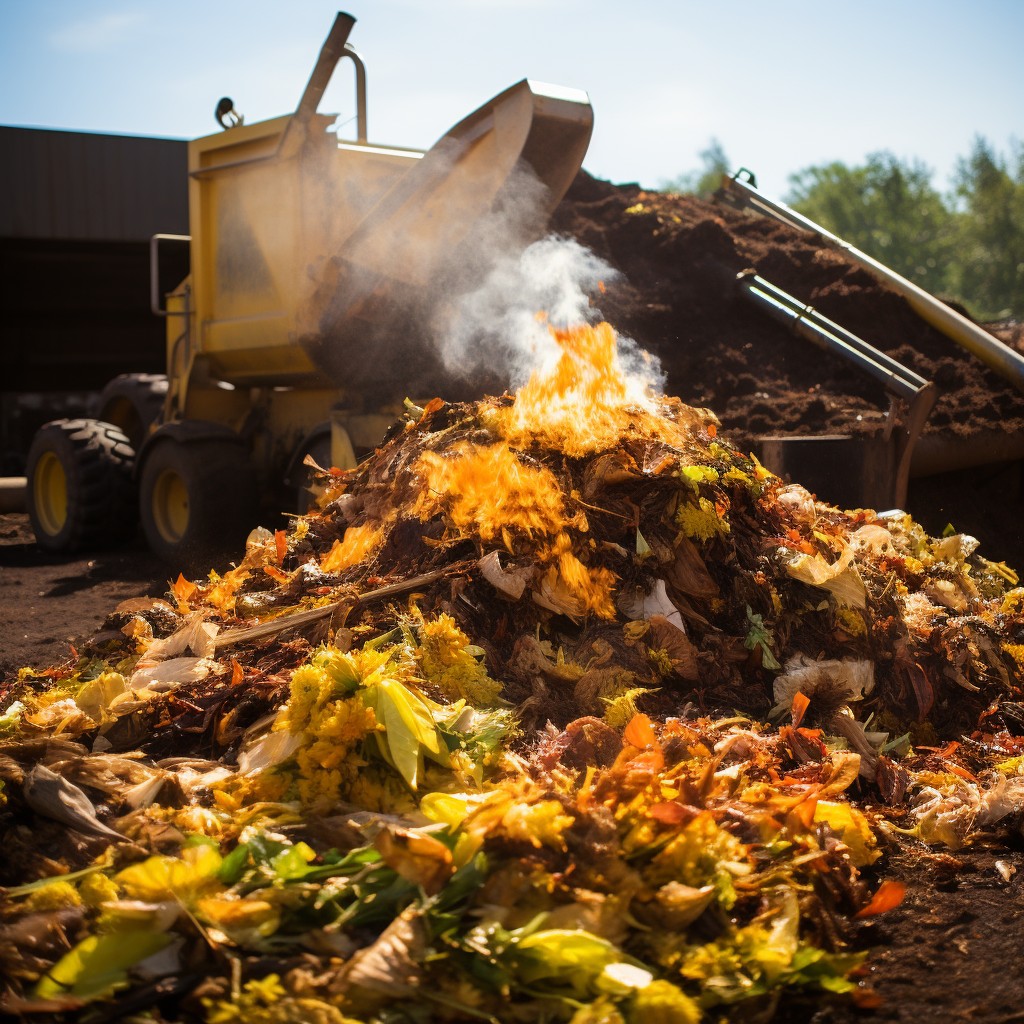
This method not only reduces the amount of waste in landfills but also produces renewable energy. Bioenergy can be produced from various sources such as agricultural residues, forestry wastes, and municipal solid waste.
One popular form of bioenergy is biogas production through anaerobic digestion. Anaerobic digestion involves breaking down organic matter in an oxygen-free environment to produce methane gas which can then be used for heating or electricity generation.
Another form of bioenergy is biomass combustion where wood chips or other plant materials are burned to generate heat and electricity. Biomass combustion has been used for centuries but modern technology has made it more efficient and environmentally friendly.
Ocean Wave and Tidal Energy – Exploring Marine Alternatives

These renewable sources of energy harness the power of ocean currents, tides, and waves to generate electricity without harming the environment. Ocean wave energy is generated by capturing the kinetic motion of waves using specialized devices that convert it into electrical power.
Tidal energy, on the other hand, uses turbines placed in areas with strong tidal currents to produce electricity.
One advantage these technologies have over traditional methods like fracking is their predictability – we can accurately forecast when high or low tide will occur or when a storm will create large enough waves for us to capture their kinetic force.
While there are still some challenges associated with developing these technologies at scale (such as finding suitable locations for installations), they hold great promise as sustainable alternatives that could help reduce our reliance on fossil fuels while protecting our planet’s natural resources.
Nuclear Power – A Controversial Substitute

While it does not produce greenhouse gases, the risks associated with nuclear accidents and radioactive waste disposal make it a controversial option. The 1986 Chernobyl disaster in Ukraine and the 2011 Fukushima Daiichi nuclear disaster in Japan are two of the most notable examples of catastrophic events that have occurred at nuclear power plants.
Despite these concerns, some experts argue that modern technology has made nuclear energy safer than ever before. They point out that new reactors use advanced safety features such as passive cooling systems and improved containment structures to prevent accidents from occurring.
Proponents of nuclear energy claim that it can provide reliable baseload electricity without producing carbon emissions or relying on intermittent sources like wind or solar power.
However, opponents argue that renewable alternatives like wind and solar should be prioritized over potentially dangerous options like nuclear energy. They also raise concerns about long-term storage solutions for radioactive waste generated by these facilities.
Energy Efficiency Measures

By using less energy, we can decrease our overall demand and minimize the need for new sources of power. There are many simple steps we can take in our homes and businesses to improve efficiency, such as upgrading insulation, sealing air leaks, installing efficient lighting systems or appliances.
Another way to save energy is by adopting smart technologies like programmable thermostats that automatically adjust heating or cooling based on occupancy patterns. These devices help us optimize comfort while minimizing waste.
Governments also play a crucial role in promoting energy-efficient practices through incentives like tax credits for homeowners who invest in renewable technology or building codes that require high-efficiency standards for new construction projects.
Natural Gas Storage Solutions

They provide a way to store natural gas when it is not needed and release it when demand increases. One such solution is underground storage, where natural gas is stored in depleted oil or gas reservoirs, salt caverns, or aquifers.
Another option for storing natural gas is liquefied natural gas (LNG). This involves cooling the gaseous form of methane to -162°C (-260°F), which turns it into a liquid that takes up 1/600th of its original volume.
LNG can be transported by ship or truck and then regasified at its destination.
While these methods have been used for decades, they do come with their own set of challenges. Underground storage facilities can leak methane into the atmosphere if not properly maintained and monitored regularly.
There are concerns about safety risks associated with transporting LNG over long distances.
Carbon Capture and Storage
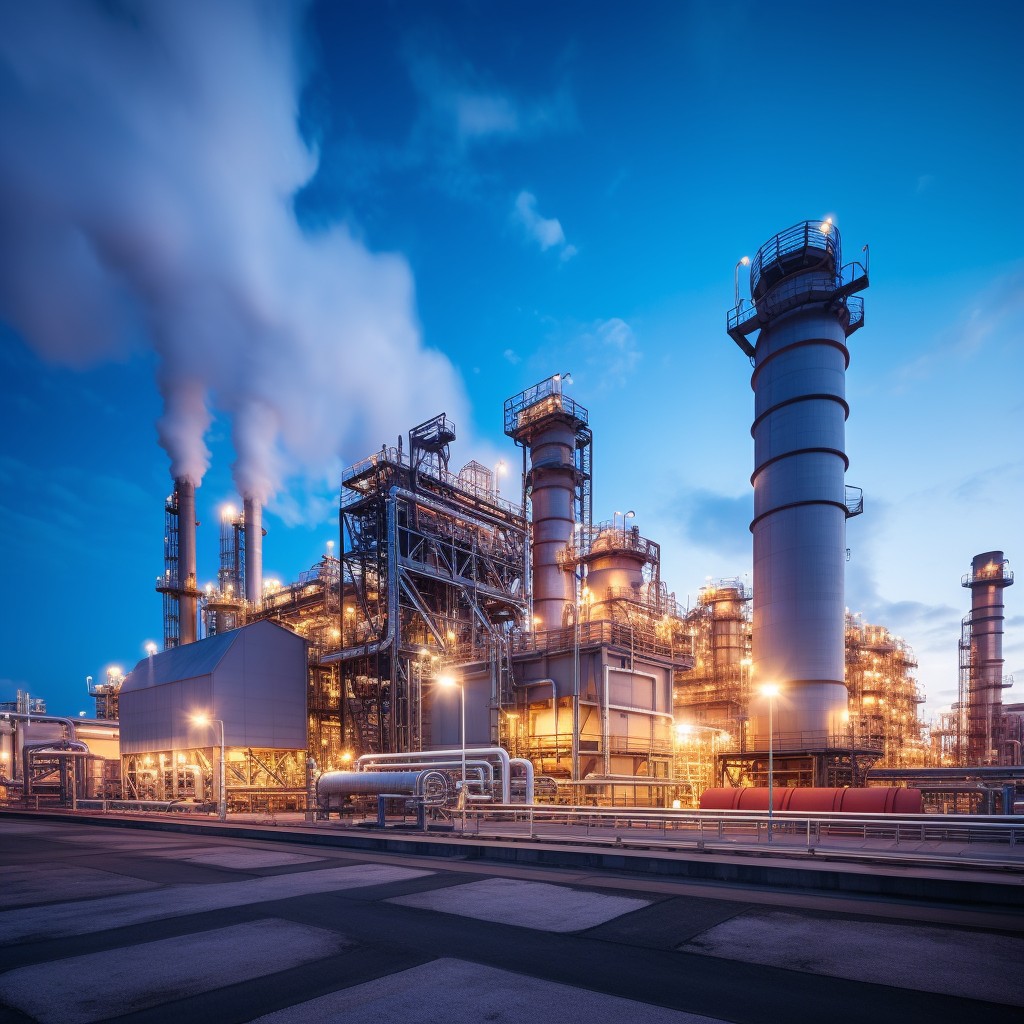
The captured CO2 is then transported to a storage site where it can be stored safely underground or used for enhanced oil recovery. CCS has been touted as an important tool in reducing greenhouse gas emissions while still allowing us to use fossil fuels.
While CCS has its benefits, there are also concerns about its effectiveness and safety. Some experts argue that it may not be enough to significantly reduce our carbon footprint since it only addresses one part of the problem – CO2 emissions from fossil fuel combustion.
Others worry about potential leaks or accidents at storage sites which could have serious environmental consequences.
Despite these concerns, many countries around the world are investing in CCS research and development as part of their efforts to combat climate change. In fact, some experts believe that we cannot achieve our climate goals without widespread adoption of this technology.
Waste-to-Energy Technologies
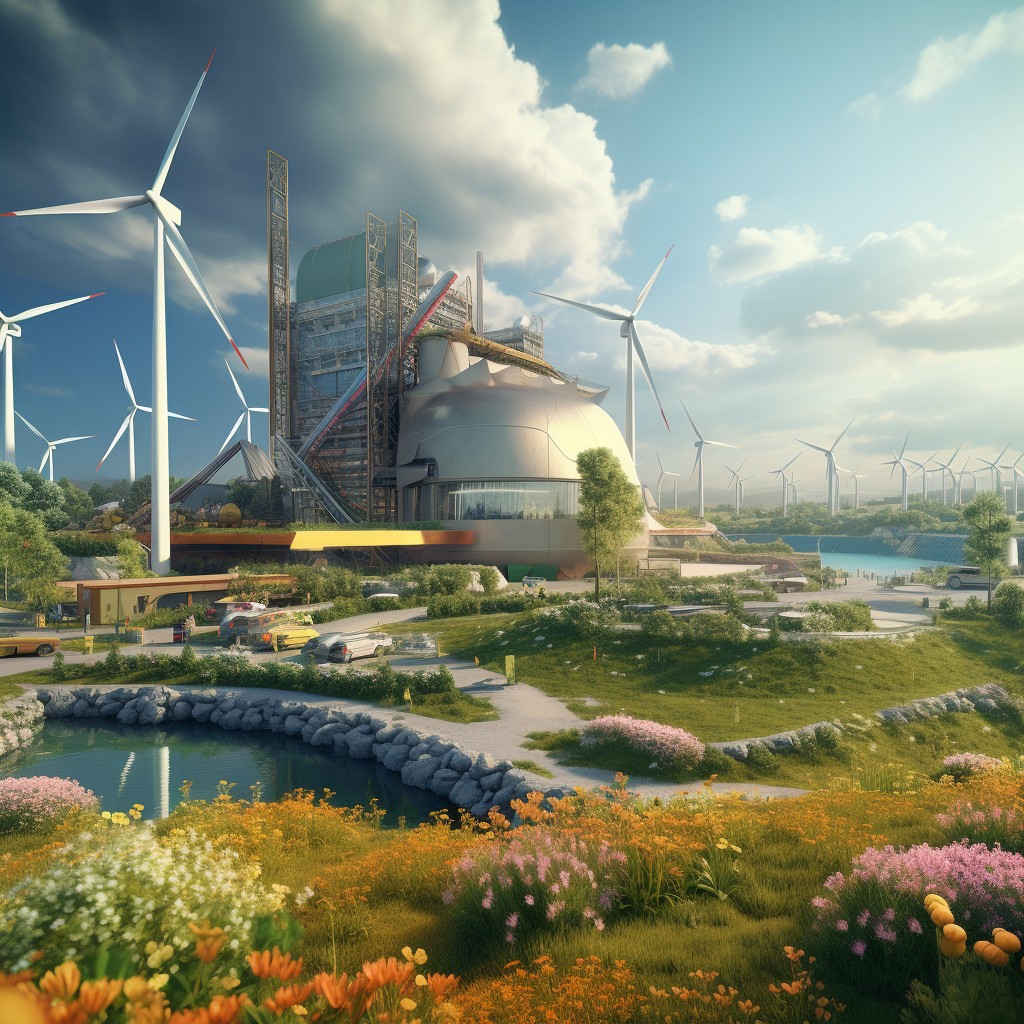
These innovative solutions convert organic waste into energy, reducing the amount of garbage in landfills and producing renewable energy at the same time.
One example is anaerobic digestion, which involves breaking down organic matter such as food scraps or animal manure in an oxygen-free environment. This process produces biogas – a mixture of methane and carbon dioxide – that can be used for heating or electricity generation.
Another option is gasification, where high temperatures are used to convert solid waste into synthetic gas (syngas) that can be burned for power production. This method has been successfully implemented in countries like Japan and Sweden.
While these technologies have their own set of challenges such as high capital costs and potential air pollution from incineration processes, they offer great potential for sustainable energy production while simultaneously tackling environmental issues related to waste disposal.
As we continue exploring alternatives to fracking, it’s important not only to consider their environmental impact but also their economic feasibility.
Hydrogen Energy

Hydrogen fuel cells generate electricity by combining hydrogen and oxygen, producing only water as a byproduct. This makes it an incredibly clean source of energy with no harmful emissions or pollutants.
One of the biggest advantages of hydrogen energy is its versatility – it can be used for transportation, heating buildings, and powering industrial processes. It also has a high-energy density which means that relatively small amounts can produce large amounts of power.
However, there are still some challenges to overcome before we see widespread adoption of this technology. One major hurdle is the cost associated with producing and storing hydrogen on a large scale – currently more expensive than traditional fossil fuels like natural gas or coal.
Despite these obstacles, many countries around the world are investing heavily in research and development to make hydrogen energy more accessible and affordable for everyone.
Clean Coal Technologies

However, clean coal technologies have emerged as an alternative to traditional coal-fired power plants that emit harmful pollutants into the atmosphere. These technologies aim to reduce carbon emissions and other pollutants by using advanced combustion techniques or capturing and storing carbon dioxide underground.
One such technology is Integrated Gasification Combined Cycle (IGCC), which converts coal into gas before burning it in a turbine for electricity generation. This process reduces emissions significantly compared to conventional methods.
Another promising technology is Carbon Capture and Storage (CCS), which captures CO2 from power plant flue gases before releasing them into the atmosphere. The captured CO2 can then be stored underground in geological formations or used for enhanced oil recovery.
While these technologies are still being developed, they offer hope for reducing our reliance on fossil fuels while minimizing their environmental impact.
Advanced Battery Storage
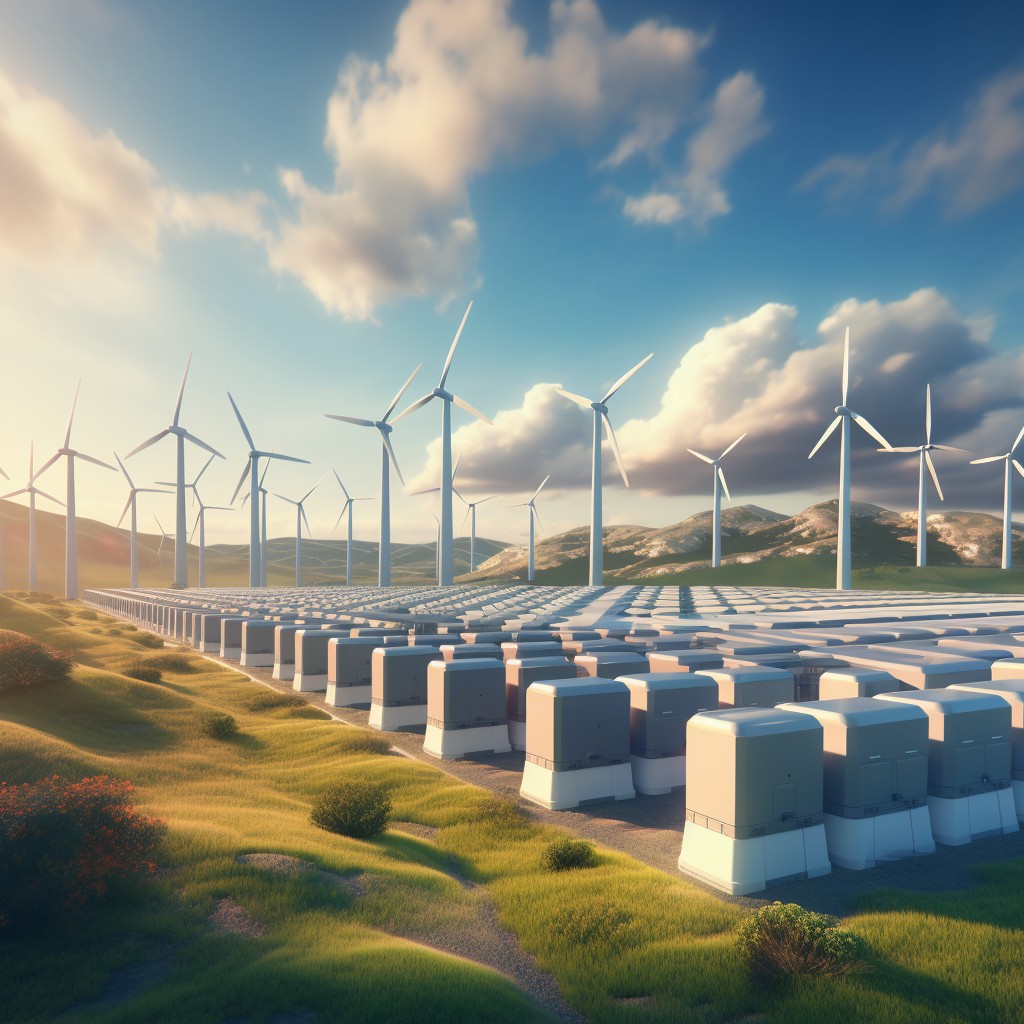
With the increasing demand for renewable energy sources like solar and wind power, there is a growing need for efficient ways to store excess energy generated during peak production times. Advanced battery storage systems offer an innovative solution that can help us meet this challenge.
These batteries are designed with cutting-edge technology that allows them to store large amounts of electricity in a compact space. They are also highly efficient and can discharge their stored energy quickly when needed.
This makes them ideal for use in homes, businesses, and even electric vehicles.
One example of advanced battery storage technology is lithium-ion batteries which have become increasingly popular due to their high-energy density and long lifespan compared with other types of rechargeable batteries such as lead-acid or nickel-cadmium (NiCad) cells.
In addition to being environmentally friendly by reducing reliance on fossil fuels like natural gas obtained through fracking methods; these technologies also provide economic benefits by creating new jobs within the industry while simultaneously reducing costs associated with traditional forms of electricity generation over time.
Fusion Power Research

Unlike traditional nuclear power, which relies on fission to generate energy, fusion involves combining atomic nuclei to create a new element and release energy in the process. This method has several advantages over other forms of energy production: it produces no greenhouse gases or radioactive waste, it’s virtually limitless in supply (using hydrogen as fuel), and it’s incredibly efficient – one kilogram of fusion fuel can produce as much energy as 10 million kilograms of fossil fuels.
While still in its experimental stages, scientists around the world are working tirelessly to make commercial-scale fusion reactors a reality. The International Thermonuclear Experimental Reactor (ITER) project is currently underway in France with hopes that by 2025 they will have produced their first plasma from hydrogen isotopes deuterium and tritium.
Government Policies Promoting Alternatives
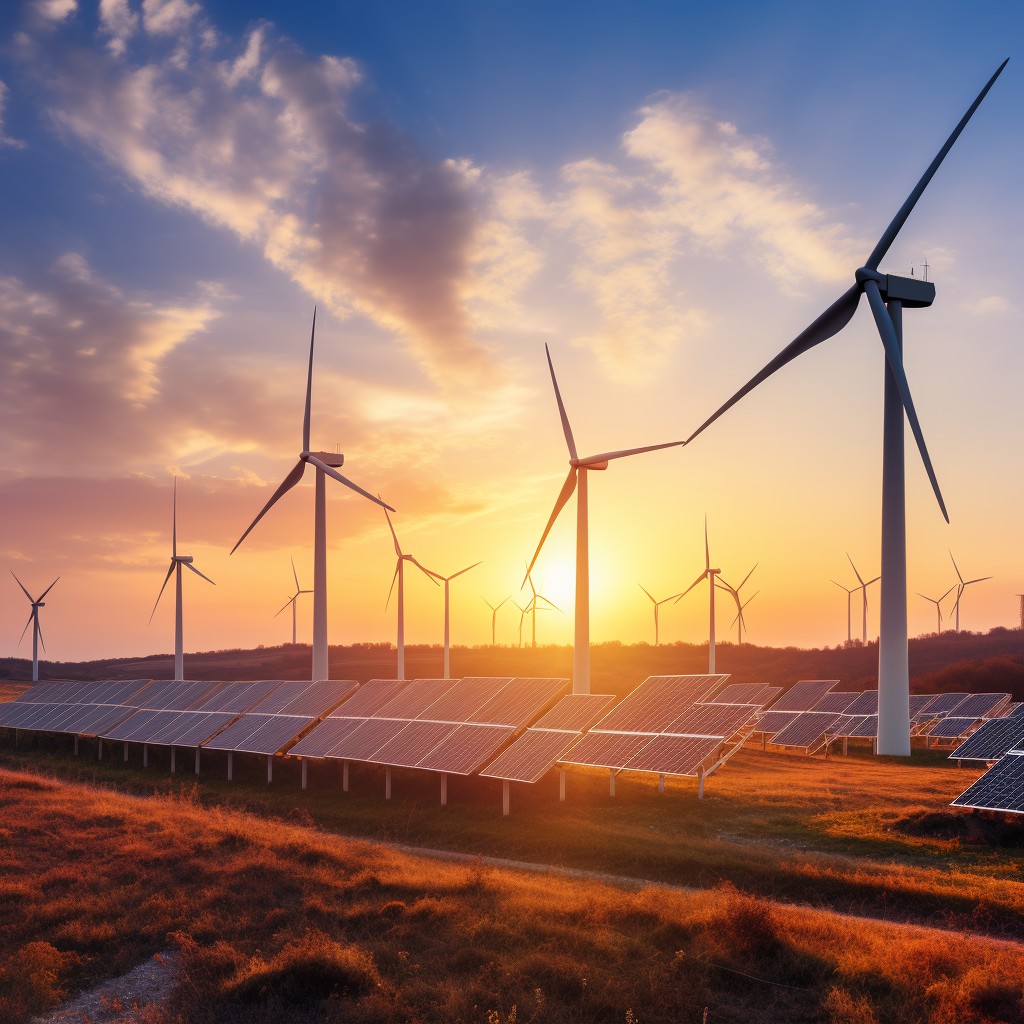
Many countries have implemented regulations and incentives aimed at encouraging the adoption of renewable energy sources. For example, some governments offer tax credits or subsidies for homeowners who install solar panels on their roofs or invest in wind turbines.
Others have set targets for reducing greenhouse gas emissions and increasing the share of renewable energy in their overall electricity mix.
In addition to financial incentives, policymakers can also promote alternative energy by investing in research and development programs focused on improving existing technologies or developing new ones altogether. By supporting innovation within the industry, governments can help drive down costs while simultaneously creating jobs and boosting economic growth.
It’s clear that government policies are critical when it comes to transitioning away from fossil fuels like natural gas obtained through fracking towards cleaner alternatives such as geothermal power, solar power, wind power among others mentioned above.
Community-Based Energy Solutions

These solutions involve local communities coming together to generate and distribute their own renewable energy, reducing reliance on fossil fuels and promoting sustainable living.
One example is community solar projects, where a group of individuals or businesses invest in a shared solar array that generates electricity for the entire community. This allows those who may not have access to rooftop solar panels or live in apartments to still benefit from clean energy.
Another option is microgrids, which are small-scale power grids that can operate independently from larger utility companies during outages or emergencies. They often incorporate renewable sources like wind and solar power along with battery storage systems for backup power.
Community-based initiatives also include programs aimed at increasing awareness about conservation practices such as turning off lights when not needed, using efficient appliances and light bulbs among others. By working together towards common goals through these innovative approaches we can create cleaner environments while building stronger communities at the same time!
FAQ
What is an alternative to hydraulic fracking?
Alternative to hydraulic fracking: Non-hydraulic fracturing using compressed natural gas as the fracturing medium to fracture rock formations.
Can you extract natural gas without fracking?
Yes, natural gas can be extracted without fracking by employing various methods depending on geology.
Why do farmers not like fracking?
Farmers dislike fracking because it leads to water pollution, health issues for people and livestock, and reduction in available farmland, making it incompatible with a healthy food system.
Why do people not want fracking?
People do not want fracking because it poses risks to the environment, including air, water, and noise pollution, and potentially harms human health due to the use of toxic chemicals.
What are the potential environmental benefits of using alternative methods to fracking?
Alternative methods to fracking can potentially provide environmental benefits such as reduced water consumption, decreased air pollution, and minimized risk of water contamination.
How do renewable energy sources compare to hydraulic fracking in terms of sustainability and efficiency?
Renewable energy sources are more sustainable and often more efficient than hydraulic fracking, as they rely on naturally replenishing resources and generally have a lower environmental impact.
Are there any successful case studies of communities or countries transitioning from fracking to greener extraction methods?
Yes, there are successful case studies, such as Denmark, who transitioned from fracking to renewable energy sources like wind power and biomass.
Recap
Liked this article? Here's what you can read next:
